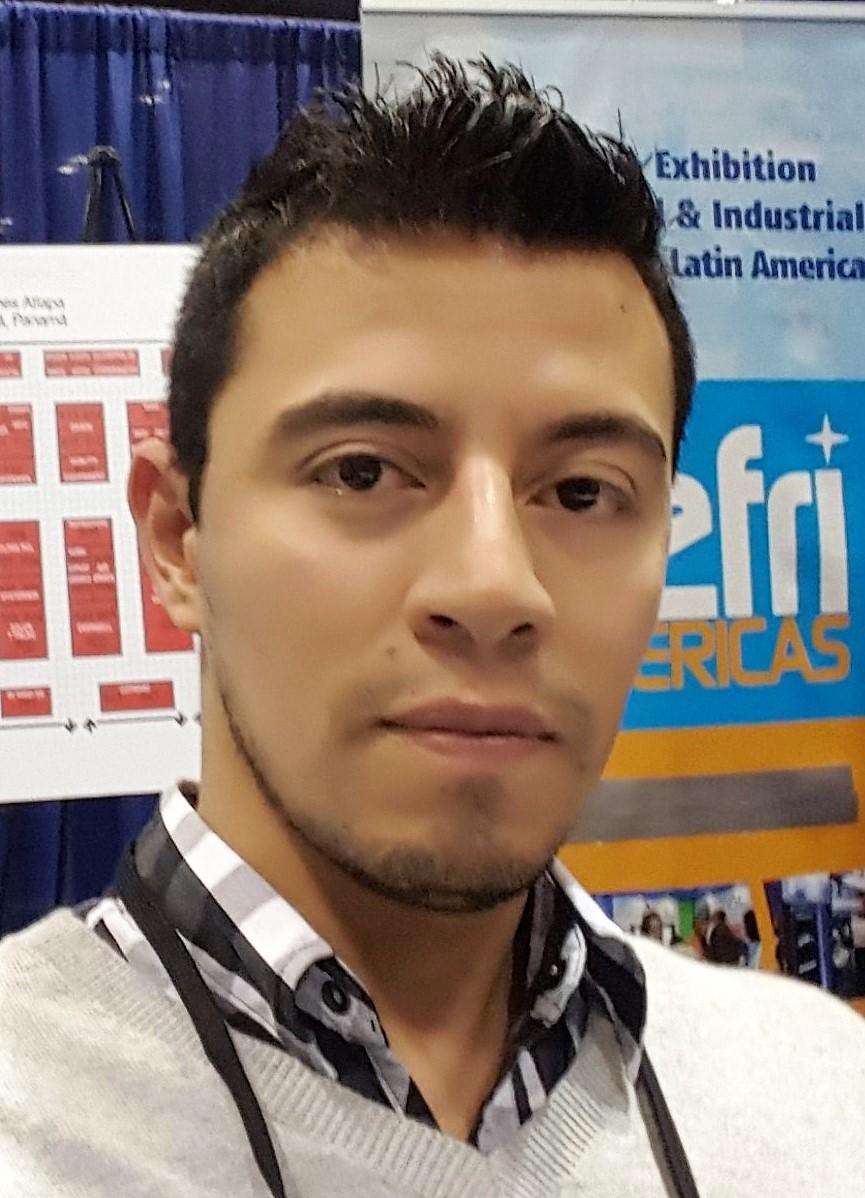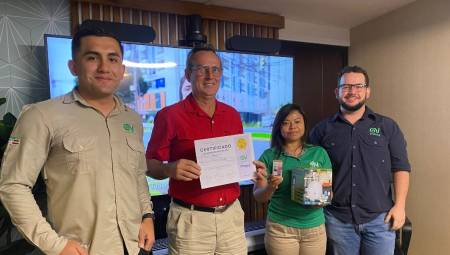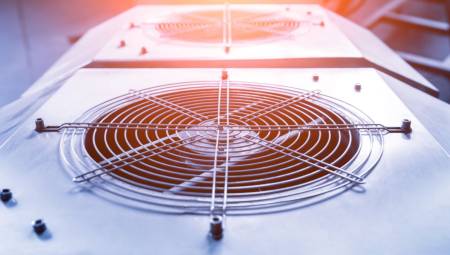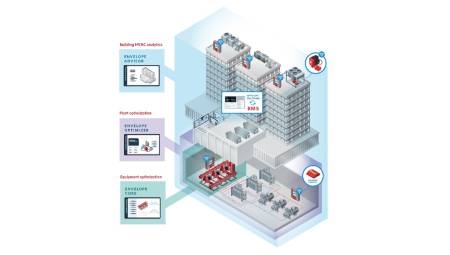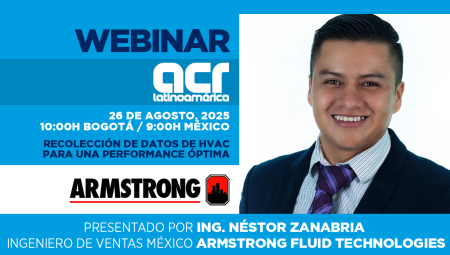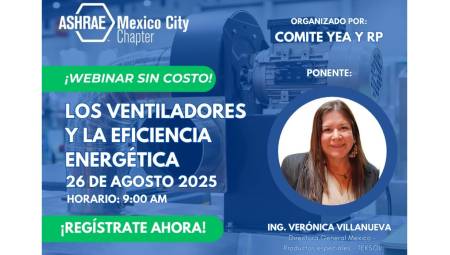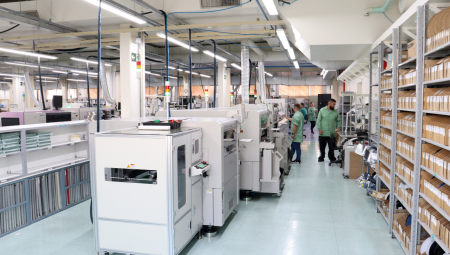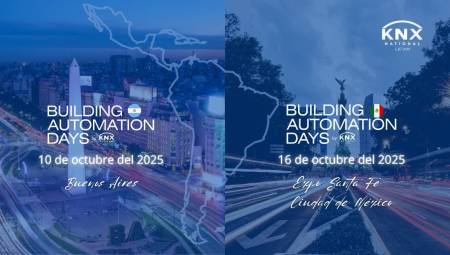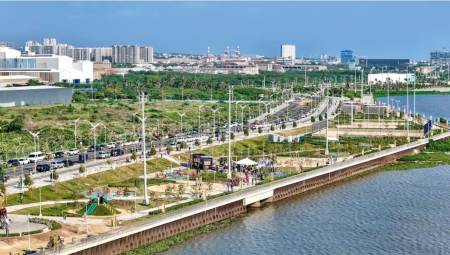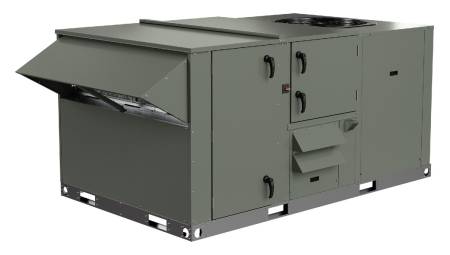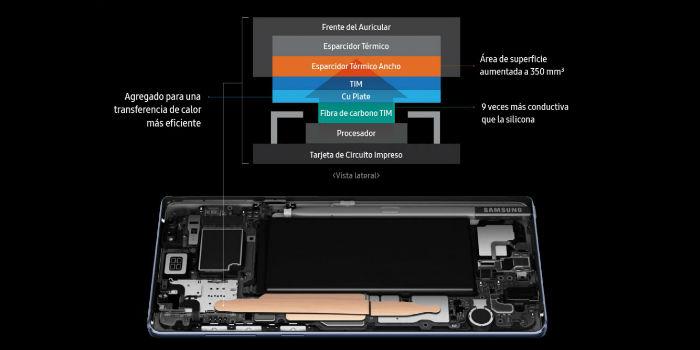 International. Thanks to the integration of fast chips, graphics cards and a RAM of greater capacity even to save video games, smartphones have become pocket laptops, designed for the user who seeks to achieve more. In this sense, Galaxy Note9 expands the possibilities by presenting the best and most innovative chips of up to 8GB of RAM and a 4000 mAh battery.
International. Thanks to the integration of fast chips, graphics cards and a RAM of greater capacity even to save video games, smartphones have become pocket laptops, designed for the user who seeks to achieve more. In this sense, Galaxy Note9 expands the possibilities by presenting the best and most innovative chips of up to 8GB of RAM and a 4000 mAh battery.
To achieve all this power in the same device it was necessary to ensure the necessary engineering so that all the components remain stable and at an appropriate temperature, while the user plays or develops multiple tasks. Samsung has innovated in terms of cooling technology in smartphones with the new Water Carbon Cooling system of Galaxy Note9.
Water cooling was first developed for the Galaxy S7, but galaxy Note9 improved both the capacity and cooling efficiency of the phones. How was it possible? Samsung engineers explained all the details of the development of this system.
The problem
Making phones with batteries that have a long duration and that allow the use of video games while maintaining their quality as if they were playing from a console, has consequences, and one of them is the generation of heat. When the internal parts of a phone get too hot, the CPU becomes slower (a problem known as thermal regulation), which leads to a loss of performance. Slowness in games and the difficulty of performing several tasks at the same time are the two main problems faced by a good cooling system.
The goal
When developing the Galaxy Note9, Samsung had some set goals, from creating a phone with a battery that would last all day, providing a PC-like experience with Samsung DeX, to experimenting with graphics-intensive games like Fortnite. So, a 4,000mAh battery and the latest 2.7GHz mobile processor were installed, challenging the phone's performance. Therefore, the new cooling system had to be faster and more efficient than that of previous generations.
The idea
When Samsung launched Galaxy S7, it introduced a new type of water-based cooling, which used a porous heat spreader that absorbed heat, converted it into steam, and then dissipated it through a pipe. Once the heat disappeared, the steam condensed and turned back into water. This system was the original project for the Water Carbon Cooling system on galaxy Note9, but the goal was to make it bigger and more efficient.
The solution
The hardest part of improving the cooling system was achieving greater efficiency. The original system was thin and used two thermal interface materials (TIM), one of which is made up of highly conductive carbon fiber to keep heat away from the processor. For this reason, Samsung added a copper layer between the two (TIM), which allows more heat to be transferred between the two materials in order to more efficiently remove the heat generated. He also designed a thermal expansion pipe that reaches 350 mm3, much wider compared to the 95 mm3 of Galaxy S9, which allowed the disappearance of heat.
The result
Thanks to the Water Carbon Cooling system, Galaxy Note9 can effectively manage the heat generated by its powerful processor. With a wider heat spreader and improved carbon fiber interface, the cooling system efficiently drives and transmits temperature to the surface of the device, allowing operation at its maximum performance on a consistent basis. Compared to Galaxy Note8, the heat absorption of the cooling system is three times better, and the thermal conductivity is 3.5 times higher.
Source: Samsung.


